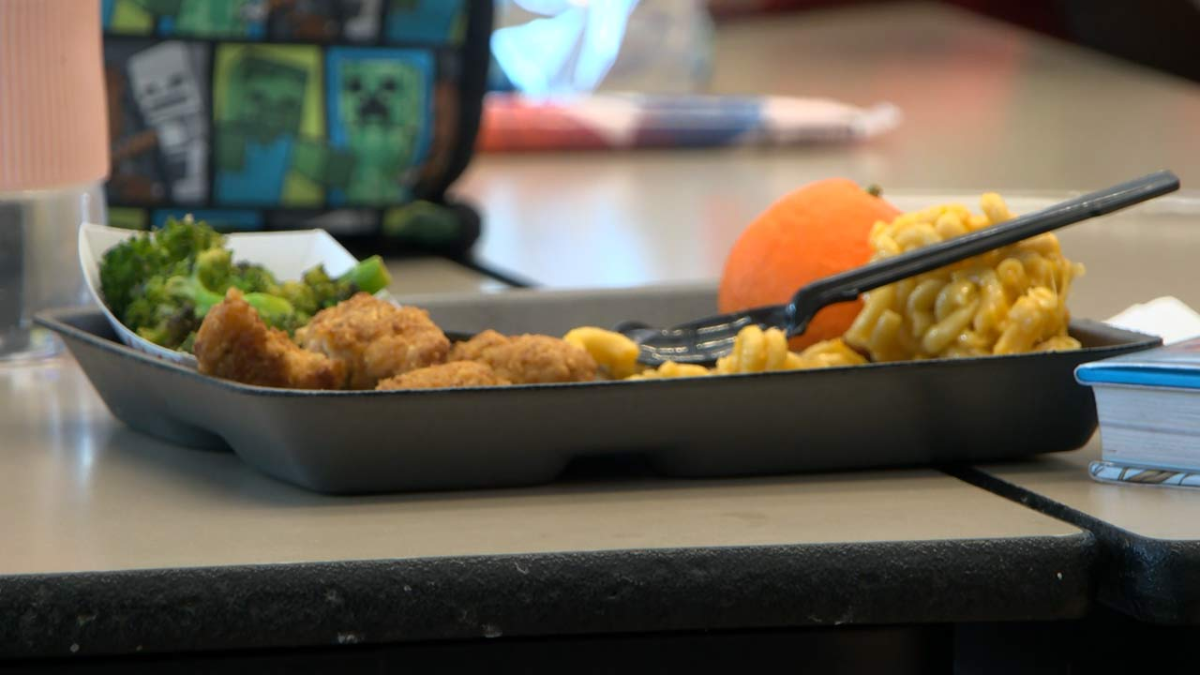In a major step toward addressing child hunger and ensuring student well-being, South Carolina schools have officially launched free meal programs under a new state directive. This initiative, which aims to provide nutritious meals to students regardless of family income, is expected to benefit thousands of children across the state.
Food insecurity has been a long-standing issue, especially in low-income communities. Many students rely on school meals as their primary source of nutrition, making this initiative crucial in bridging the gap for children who might otherwise go without a healthy meal. Studies have consistently shown that proper nutrition improves concentration, behavior, and academic performance, which makes school meal programs an essential component of educational success.
What the Program Entails
Under this directive, all public schools in South Carolina will offer free breakfast and lunch to enrolled students. The program is designed to remove financial barriers that may prevent children from accessing nutritious meals, thereby improving focus and academic performance. Key aspects of the program include:
- Universal Access: Every student, regardless of household income, will receive free meals.
- Nutritional Standards: Meals will adhere to federal and state nutrition guidelines to ensure a balanced diet.
- Increased Participation: Schools expect higher student engagement in meal programs, reducing food insecurity.
- Funding Sources: The initiative will be funded through a combination of federal aid and state budget allocations.
School officials have worked closely with nutrition experts to design meal plans that meet national health guidelines while ensuring variety and taste appeal for students. A balanced approach incorporating proteins, grains, fruits, and vegetables aims to provide students with the necessary nutrients to support their physical and cognitive development.
Impact on Students and Families
The introduction of this program is a significant relief for many families facing financial hardship. By eliminating the cost of school meals, households can allocate resources to other essential needs. Teachers and administrators anticipate improvements in student concentration, behavior, and overall health as a result of consistent access to nutritious food.
For many parents, the program also alleviates the burden of meal planning and preparation, especially for working families struggling to provide healthy meals daily. Additionally, the initiative reduces stigma, as all students will receive the same meals without differentiating based on economic status.
State education officials have emphasized the importance of food security in academic success. “No child should have to learn on an empty stomach,” said highlighting the long-term benefits of the program.
Community and Stakeholder Support
The rollout has received widespread support from parents, educators, and nutrition advocates. Many see this as a progressive step toward ensuring equal opportunities for all students. Additionally, local farmers and food suppliers are expected to play a role in sourcing fresh ingredients, promoting healthier meal options.
Local businesses and community organizations have also expressed their support, with some stepping up to provide additional funding, resources, and volunteers to help with logistics. Many schools are also working with nonprofit organizations to ensure that students can continue receiving meals over weekends and holiday breaks, preventing food insecurity outside of school hours.
Despite its positive reception, some concerns remain regarding the sustainability of funding and potential logistical challenges. However, state officials are confident in their ability to manage the program effectively and adapt as needed. The program is currently being monitored closely to address any operational inefficiencies and improve meal distribution where necessary.
Challenges and Considerations
While the program is a step in the right direction, there are logistical hurdles that schools must address. Ensuring meal quality and maintaining a sufficient supply chain for fresh ingredients requires careful coordination between vendors, school districts, and policymakers.
There is also concern about how long-term funding will be maintained. Some critics argue that relying on government funding may present challenges in future budget cycles. Policymakers are exploring additional ways to sustain the program, including potential partnerships with private sector entities, nonprofits, and additional federal grants.
Furthermore, school kitchen staff may need additional resources and training to handle the increased demand. Some schools will need upgraded facilities to store and prepare larger quantities of food efficiently. Addressing these challenges early on will be key to ensuring the program’s success in the long term.
Future Prospects and Expansion Plans
As South Carolina implements this initiative, policymakers are already considering ways to expand and enhance the program. Potential future developments include incorporating more locally sourced foods, increasing meal variety, and extending the program to cover meals during school breaks.
School officials are also exploring opportunities for incorporating nutrition education into the curriculum, teaching students about healthy eating habits and the benefits of balanced diets. Additionally, efforts to improve waste reduction strategies within the program are underway, ensuring that food is used efficiently and sustainably.
Another aspect being considered is extending free meal programs to private schools and childcare centers, ensuring that all children in the state have access to healthy food regardless of their educational setting. Such expansions would require additional funding and logistical planning, but many see them as a necessary step toward addressing child hunger more comprehensively.
With the successful execution of this initiative, South Carolina sets a precedent for other states to follow in addressing student hunger and promoting equitable access to nutrition. Advocates hope that similar programs will be implemented nationwide, ensuring that no child in the United States has to go hungry while pursuing an education.
Final Thoughts
The launch of South Carolina’s free meal program marks a significant milestone in the state’s commitment to child welfare and education. By eliminating food insecurity among students, this initiative not only fosters a healthier generation but also lays the foundation for improved academic performance and long-term success.
While challenges remain, the overwhelming support from the community, educators, and government officials highlights the program’s importance. Continued monitoring and investment will be essential in ensuring its sustainability and effectiveness in the years to come.
For further details on program guidelines and updates, visit the official South Carolina education website.
Disclaimer – Our team has carefully fact-checked this article to make sure it’s accurate and free from any misinformation. We’re dedicated to keeping our content honest and reliable for our readers.








